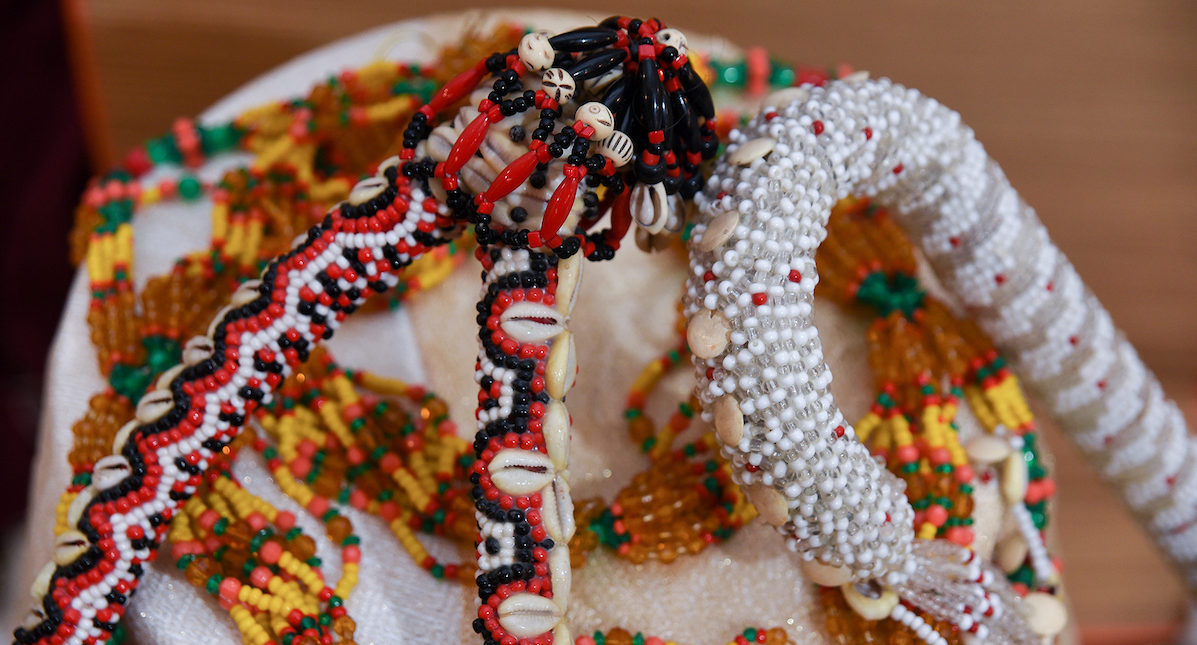Calypso Music In Postwar America
Photographs and Illustrations, 1945-1960
February 25, 2005 - June 5, 2005
In the years following World War II, calypso music captivated the American public. Audiences were fascinated by the poetic language, social observations and complex rhythms of calypsos such as “Man Smart, Woman Smarter” and “Shame and Scandal in the Family.” Fans bought calypso records and songbooks. They went to hear calypso in nightclubs, concert halls and movie theaters. They listened to calypso on the radio and on television. By 1957 calypso had become so popular that some music industry executives thought it might replace rock and roll as America’s favorite new music!
Modern calypso emerged in the southern Caribbean island of Trinidad around 1900. Each year, calypso singers (known as “calypsonians”) composed new songs. During the festive Carnival season, they performed their calypsos in tents or halls in the island’s cities and towns. Local audiences considered calypsonians to be masters of words who offered sharp-witted commentary on life in Trinidad, world affairs and the human condition.
During the 1930s, Trinidadian calypsonians increasingly traveled to other countries, and American record companies released a growing number of calypso recordings. By the post-World War II era, calypso had become popular throughout the Caribbean region and in the United States, Europe and Africa. New York City, with its large Caribbean immigrant community and its extensive entertainment industry, became a major center for the performance and dissemination of calypso.



